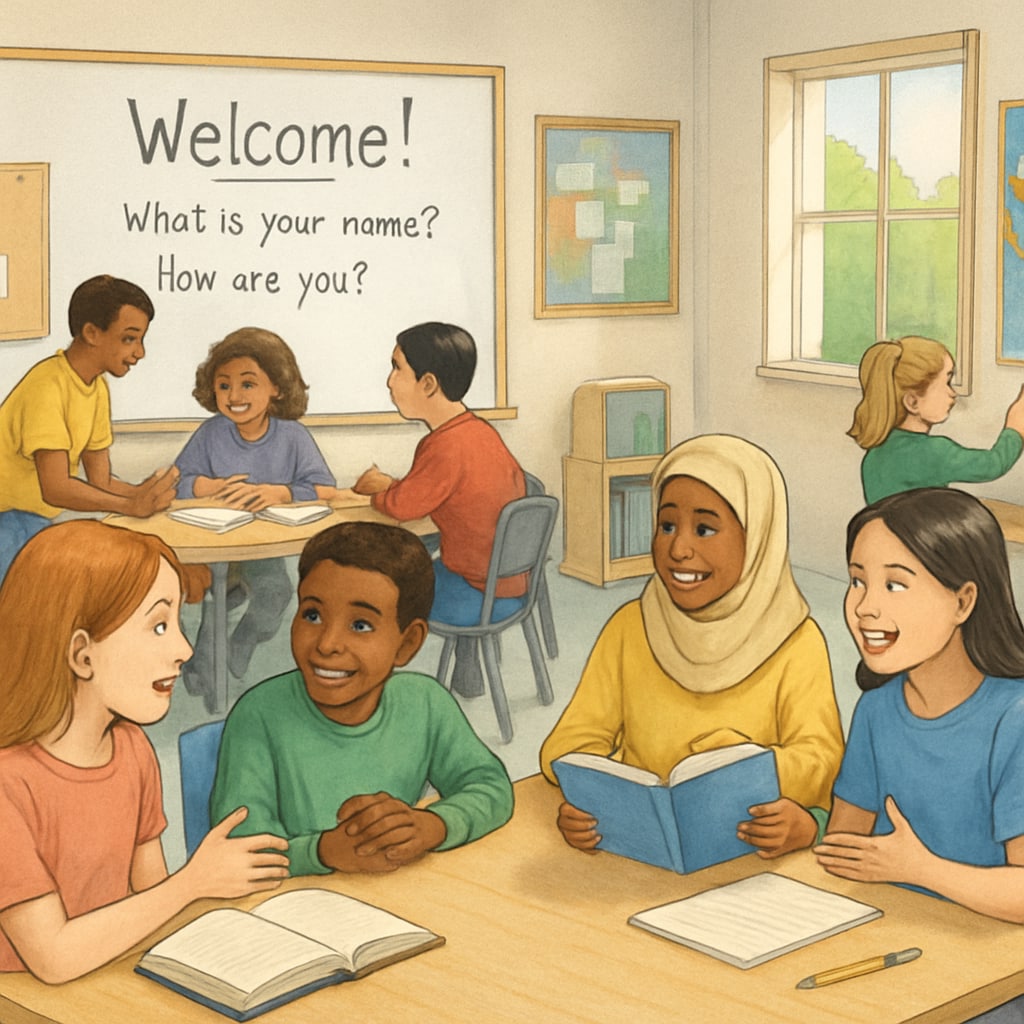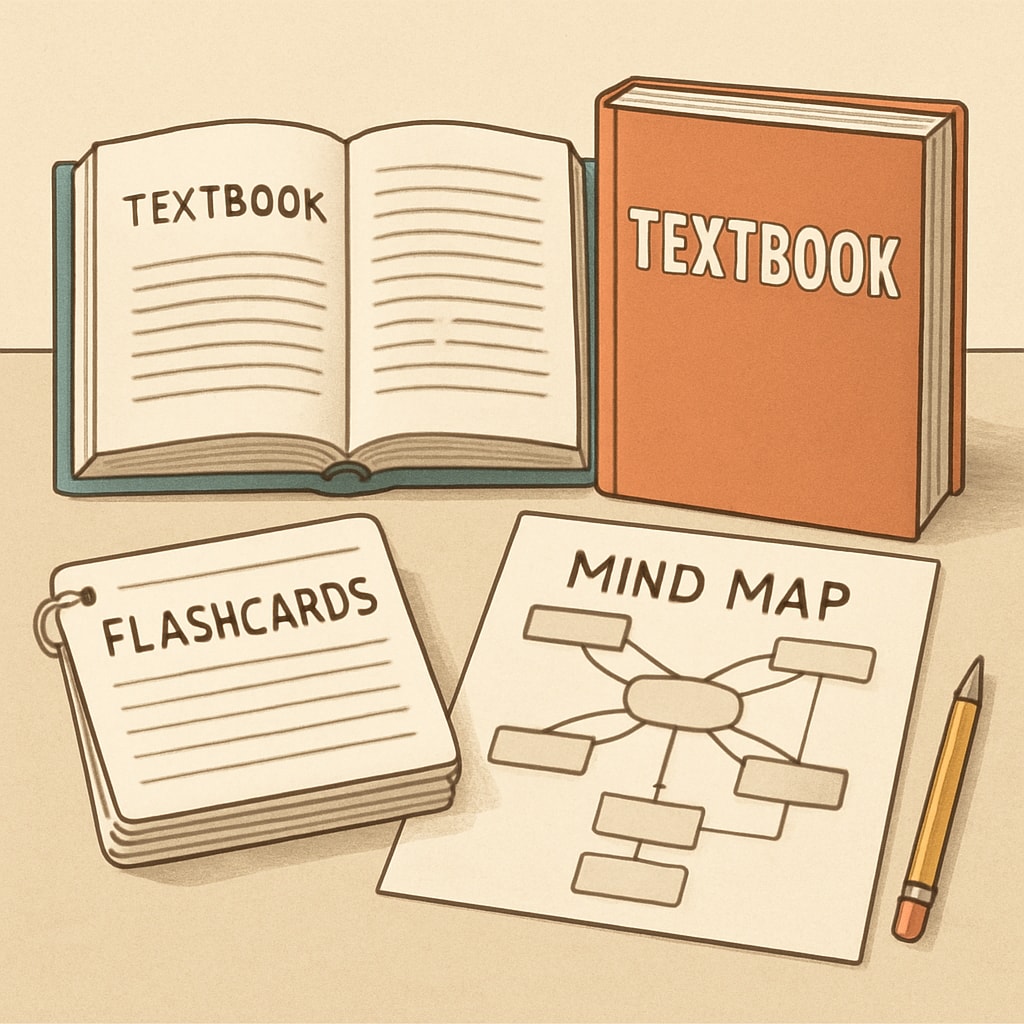Studying abroad often involves a significant transformation in a student’s educational journey. For high school students who transition from a native-language education system, such as Arabic, to an English-only learning environment, challenges around language conversion, cognitive adaptation, and cultural integration can feel overwhelming. This article examines these hurdles and provides strategies to support students in successfully navigating this shift.
Language Conversion: Building Proficiency Beyond Basics
One of the most immediate difficulties faced in transitioning to an English-only education system is language proficiency. While many students have basic knowledge of English, mastering academic vocabulary and understanding complex instructions require a deeper level of fluency. Common struggles include processing lectures, writing essays, and interpreting nuanced feedback from teachers.
To address these challenges, students can adopt strategies such as:
- Immersive language practices: Engage in activities such as watching English-language films, reading academic articles, and participating in English-speaking clubs.
- Structured language learning: Enroll in English language courses specifically designed for academic purposes.
- Peer interaction: Build connections with native speakers to improve conversational fluency and cultural understanding.
Learn more about English as a second language on Wikipedia.

Cognitive Adjustments: Adapting to New Learning Styles
Beyond language barriers, students transitioning to a new education system often encounter unfamiliar teaching methodologies. For example, Arabic education systems may emphasize rote learning, while English-based curricula often prioritize critical thinking, problem-solving, and collaborative projects.
To adapt cognitively, students can:
- Familiarize themselves with the curriculum: Review course structures and expectations prior to enrollment.
- Develop new learning strategies: Use tools like mind mapping, active note-taking, and group discussions to align with the English-based teaching style.
- Seek academic support: Utilize resources such as tutoring centers, online learning platforms, and study groups.
As a result, students gradually build confidence in applying diverse educational techniques, which enhances their academic performance.

Cultural Integration: Bridging the Gap
Finally, cultural adaptation is a critical aspect of transitioning into an English-only learning environment. Students may experience culture shock due to differences in social norms, classroom dynamics, and interpersonal communication styles.
Practical steps for cultural integration include:
- Participating in cultural exchange programs: Join activities that celebrate diversity and provide opportunities to learn about local traditions.
- Maintaining an open mindset: Approach cultural differences with curiosity rather than judgment.
- Connecting with support networks: Engage with student organizations, international student advisors, and local communities.
By embracing these strategies, students not only foster a sense of belonging but also cultivate global perspectives that enrich their academic and personal growth.
Explore the concept of culture on Britannica.
Transitioning from a native education system to an English-only learning environment is undoubtedly challenging, but with the right tools and mindset, students can transform these obstacles into opportunities for growth. Effective language learning, cognitive adaptation, and cultural integration strategies empower students to thrive in their new academic setting, paving the way for a rewarding study abroad experience.
Readability guidance: Use short paragraphs to enhance readability. Incorporate lists where possible. Ensure smooth transitions between ideas using connectors like “however,” “in addition,” and “for example.”


